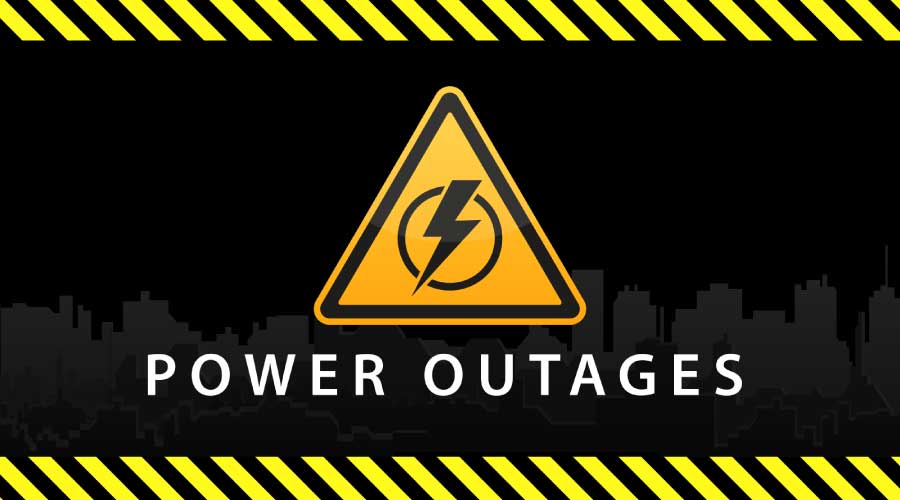When the lights flicker and suddenly go out, it is evident that a power outage is afoot. Healthcare facilities in particular feel the effects of an outage, making some of them limit or even completely halt services.
For a hospital in Florida, a power outage occurred twice in less than a day.
According to News4JAX, power was restored to Baptist Medical Center South on the morning of September 28 after a second outage in less than 24 hours. The first outage on September 27 lasted for around three hours, prompting the hospital to delay elective surgeries and go on emergency power. Electrical contractors found the cause to be a faulty switch, which has been repaired.
Power outages are a safety and operational hazard for any healthcare facility. Leaving patients and employees to wander in the dark trying to get out is just one of the potential dangers. However, facility managers can mitigate this through drilling staff on evacuation procedures.
For example, Billings Clinic practices evacuation measures for a potential power outage. One scenario that the clinic practices is if its generators fail to start. Going by the guidelines, staff had to evacuate a dozen mock patients out of the hospital into an AMR ambulance where they would then be transported to nearby facilities.
However, patients wandering in the dark is not the only concern. All critical medical devices and machinery will lose power if an outage occurs, many of which patients depend on. If power is not restored immediately, there are patients who risk their condition worsening or even dying. Given this, there is a need for a quick recovery from the outage.
To ensure a smooth and successful recovery from the outage, there are four first steps facilities management can take:
Develop a wish list: Ask everyone, such as team members and even in-house customers, what they need engineers or maintenance to do while the power is out. This will help gather all the ideas in the minds of the people involved. After that, narrow down the wish list to the most realistic and doable items.
Develop the rough scope of work: Once the list is revised and narrowed down, get the rough idea of the scope of work down. This helps determine if there is enough time to get the work done either in-house or through contracting.
Forecast and budget: Determine how much money is needed for the outage after completing the rough scope of work and an order of magnitude cost estimate. Once approved, begin seeking quotes and start bidding processes for the complex or outsourced tasks.
Plan: Work out detailed plans for every approved list item. Identify which parts, labor requirements and supplies are necessary. Pay attention to the details so the work is completed properly and on time.
Jeff Wardon, Jr. is the assistant editor for the facilities market.

 Building Sustainable Healthcare for an Aging Population
Building Sustainable Healthcare for an Aging Population Froedtert ThedaCare Announces Opening of ThedaCare Medical Center-Oshkosh
Froedtert ThedaCare Announces Opening of ThedaCare Medical Center-Oshkosh Touchmark Acquires The Hacienda at Georgetown Senior Living Facility
Touchmark Acquires The Hacienda at Georgetown Senior Living Facility Contaminants Under Foot: A Closer Look at Patient Room Floors
Contaminants Under Foot: A Closer Look at Patient Room Floors Power Outages Largely Driven by Extreme Weather Events
Power Outages Largely Driven by Extreme Weather Events